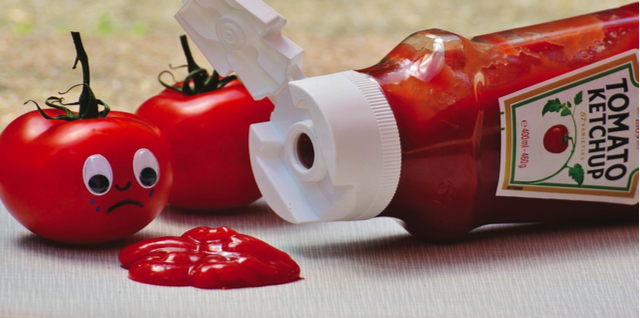It’s hard to deny the jarring inadequacy of our campus cafeteria. From a lack of options, to a lack of clean cutlery, to a lack of sustainable solutions for dealing with food waste, Aramark dining services have some serious needs for improvement.
Toward the end of last spring semester and throughout the entire summer, cafeteria food was disappointing. The problem wasn’t finding obscure items in the food, but rather the lack of choices and the poor quality of the dishes available. As a vegetarian student living on campus over the summer, relying solely on the minimal choices of cafeteria food, I found it very hard to consume sufficient nutrients.
Other students with dietary restrictions resorted to going into town and spending their own money on food. Since fall semester has started, this problem seems to have been improved upon. One can now find enough options to opt for a healthy diet, but the staples of the cafeteria remain pizza and fries.
Something that I find truly problematic is the quality of the Caf’s dishwasher. At times it completely breaks and makes us feel like we are having a picnic with plastic cutlery and plates. These flimsy substitutes usually end up wasted, thrown in the garbage or, in the best case, recycled. However, what worries me is the way this dishwasher works when it operates correctly. In multiple instances, students have found dried pieces of food on their plates, glasses, or silverware.
Students that have managed to avoid these situations have been happy, because really… who is happy when they find a piece of dried spinach on a fork? It certainly makes for an interesting visual and an artistic sight, but this is far from something that should be seen in or nearby a kitchen. Let’s just hope that Aramark will finally decide to invest in a better dishwasher and provide us with sanitary dishes.
While there are definitely areas for change at the cafeteria, I’d like to offer one of my own suggestions. Recycling food is essentially the usage of the excess of a fresh dish from an earlier meal, then served for the next meal of the day. This might seem bizarre to someone who is not familiar with the food industry, but it is done in a majority of cafeterias all around the world. It proves to be a more sustainable option compared to throwing the food away.
As long as it does not break the health and safety norms, I think it is perfectly acceptable to reuse food that hasn’t been eaten. Sometimes even in your kitchen, you heat up that zucchini from yesterday, put some feta cheese on it and… you eat it, because it’s easy, simple and healthy. While the Caf is struggling to keep its options and its dishes suitable for students, we can start by making our cafeteria a sustainable system, rather than a disappointing mess.


